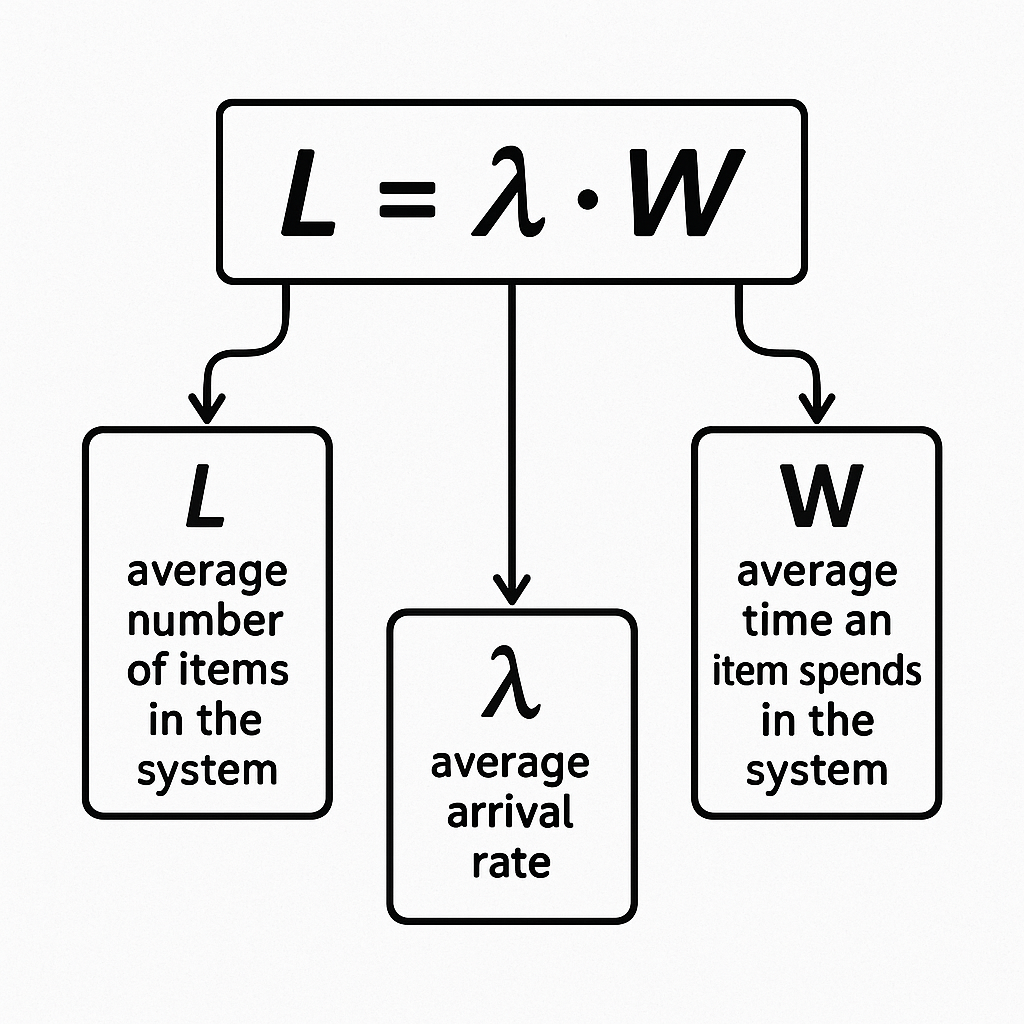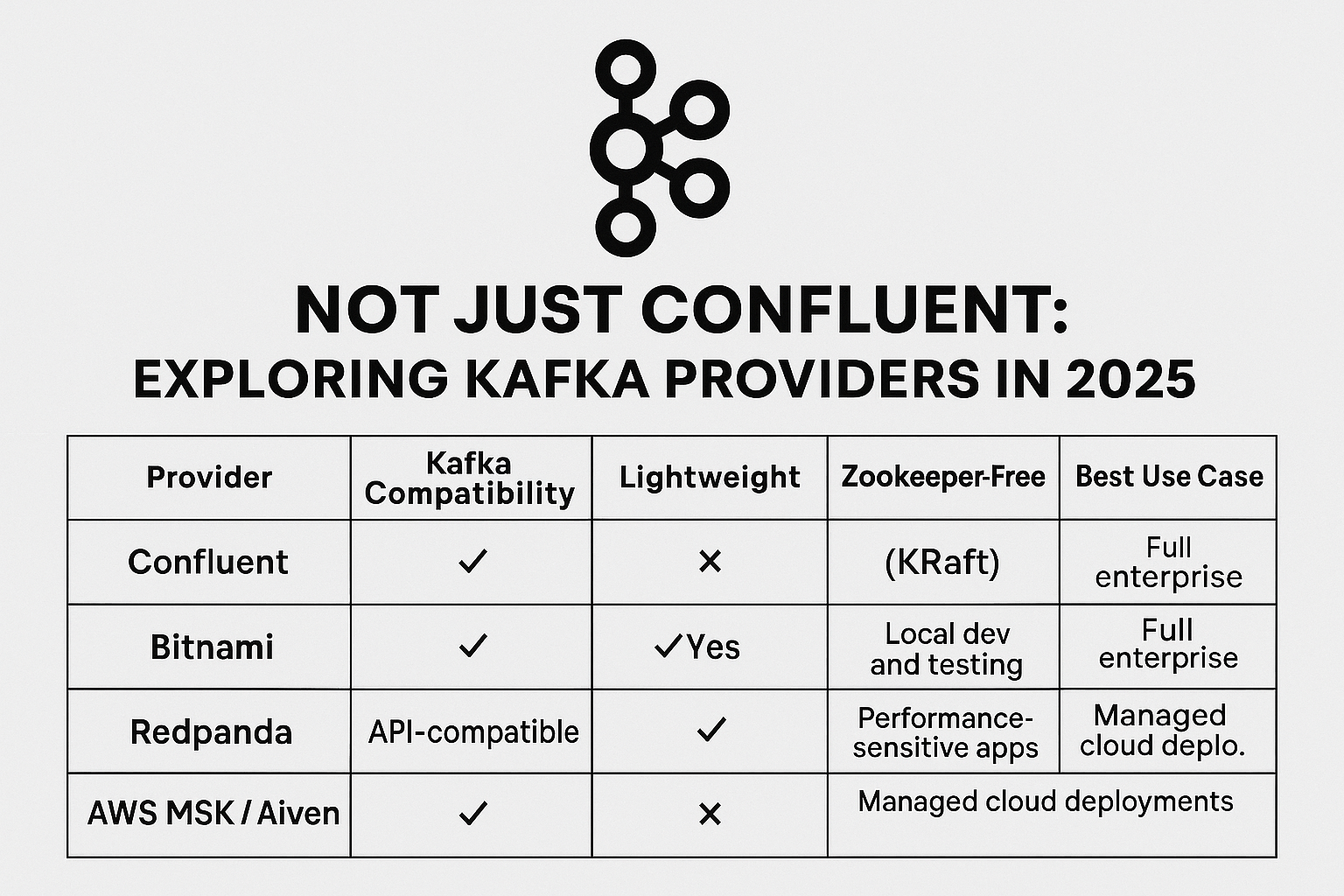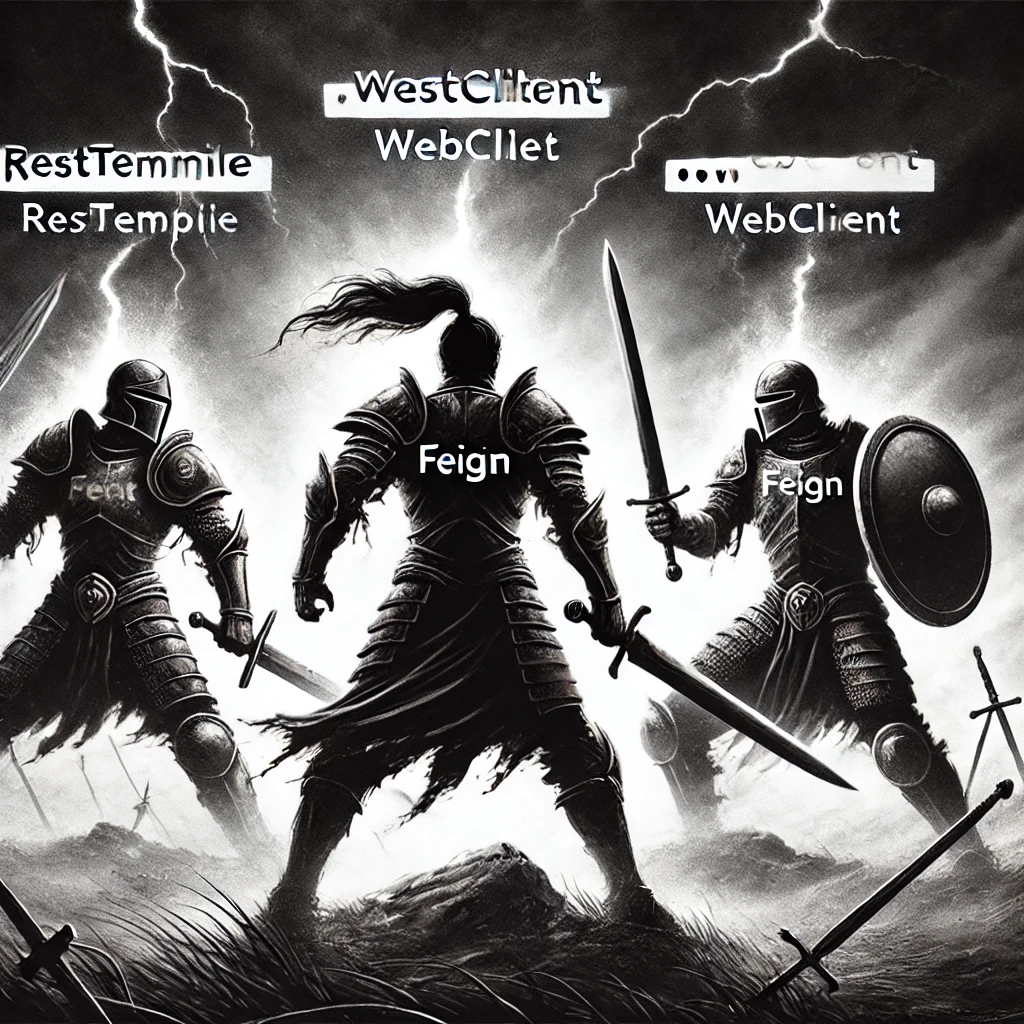Little’s Law is a super useful concept in queuing theory and operations management. It basically connects three key things in any system where stuff (like tasks, requests, or people) flows through:
L=λ⋅W
Where:
- L = average number of items in the system (like how many tasks are being processed or waiting)
- λ (lambda) = average arrival rate (how many items enter the system per unit of time)
- W = average time an item spends in the system
Little’s Law hits hard in distributed systems and backend services.
Say you have a REST API that handles incoming requests.
Number of concurrent requests=Arrival rate×Response time
Example:
- 100 requests come in per second (λ = 100/s)
- Each request takes 0.2 seconds to process (W = 0.2s)
- Then: L=100×0.2=20 concurrent requests
If your server can’t handle 20 concurrent requests, it’ll lag or crash











Leave a Reply